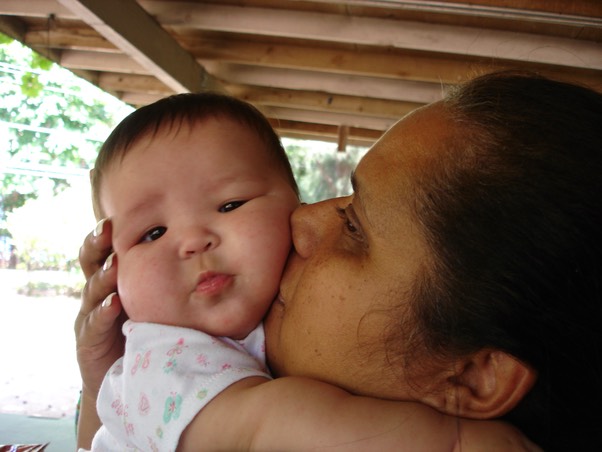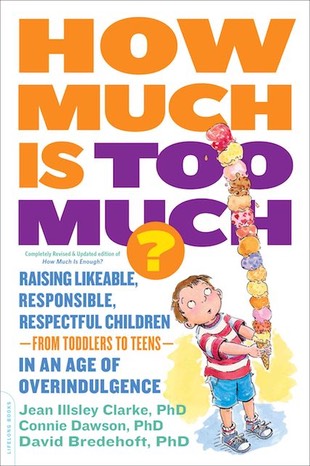One of the most easily understood ways of identifying why our lives may not be what we say we want them to be is to learn to recognize a phenomena called discounting. Discounting is how we keep ourselves from solving problems, from getting our feet out of the mud, from moving out of a place we say we don’t want to be.

Becoming aware
Discounting may be done in several ways:
1. BY EXAGGERATING A PROBLEM SO THAT A PROBLEM SEEMS SILLY
Example: ”Our friend Harry does not have a problem with alcohol. Drunks stumble around and Harry doesn’t stumble around and he goes to work every day.”
2. BY MAKING A PROBLEM MUCH LESS THAN IT REALLY IS
Example: "What on earth are you talking about? You either worry too much or you have an over-active imagination."
Once we know how to recognize discounting, it’s as if someone spit in our soup. We can’t keep doing what we’re doing once we come to accept the negative impact of what’s going on. It’s a simple matter to learn how discounting works.
In the dark
Ordinarily, we’re not aware we are discounting to keep problems at a distance. To some extent, it is ingrained in our culture. Everyone does it. How do we know it’s happening? Every now and then we can feel a little discomfort; a twinge that tells us something isn’t quite right. Something doesn’t compute. But we may not consciously acknowledge our discomfort because if we did, we’d be faced with addressing the problem.
Example: A Mom says, "My son is a bright kid with a great sense of humor but he’s very evasive about his schoolwork. ‘I’m the slowest and lowest in the class,’ he says with a twinkle in his eye. Whenever I try to find out how he’s doing, I allow myself to be detoured. Something isn’t right, but his Dad isn’t worried, so I’m not either."
Discounting another name for denial
There are levels of discounting (denial) that reveal how deeply stuck someone is. Here’s a situation that reveals how discounting works.
One Mom, newly aware the impact of overindulgence on children, tells her partner she’s concerned he’s overindulging their son.
Level 1: Discounting the existence of the problem. "The neighbors do it but I don’t."
Level 2: Discounting the severity of the negative impact of the problem. "Okay, I spend a lot on Jerry, but he really likes and uses all the stuff I get him."
Level 3: Discounting the solvability of the problem. "For all the things I get for Jerry, he always wants more. But what do you do? All kids do that these days."
Level 4: Discounting one’s personal power to put a solution into effect. "I’m sure there are other parents, or somebody, who knows what to do about this because every kid can’t be as persistent as ours. I know I cave in too quickly."
Eureka! Empowerment
"I want to stop resenting Jerry’s "never satisfied" attitude. I’ll find out what to do about this so I stop resenting him and so Jerry doesn’t grow up to believe he’ll always get someone else to buy what he wants."
The moral of the story?
The damage resulting from chronic overindulgence is a problem worth solving as soon as it is recognized. Replacing overindulgent behaviors with behaviors more supportive of your child’s development will be doing your child and yourself a big favor.
There is more help about avoiding overindulgence in How Much is Too Much? Raising Likeable, Responsible, Respectful Children – From Toddlers To Teens – In An Age of Overindulgence (2014, DaCapo Press Lifelong Books).
All photos from MorgueFile free photo.


